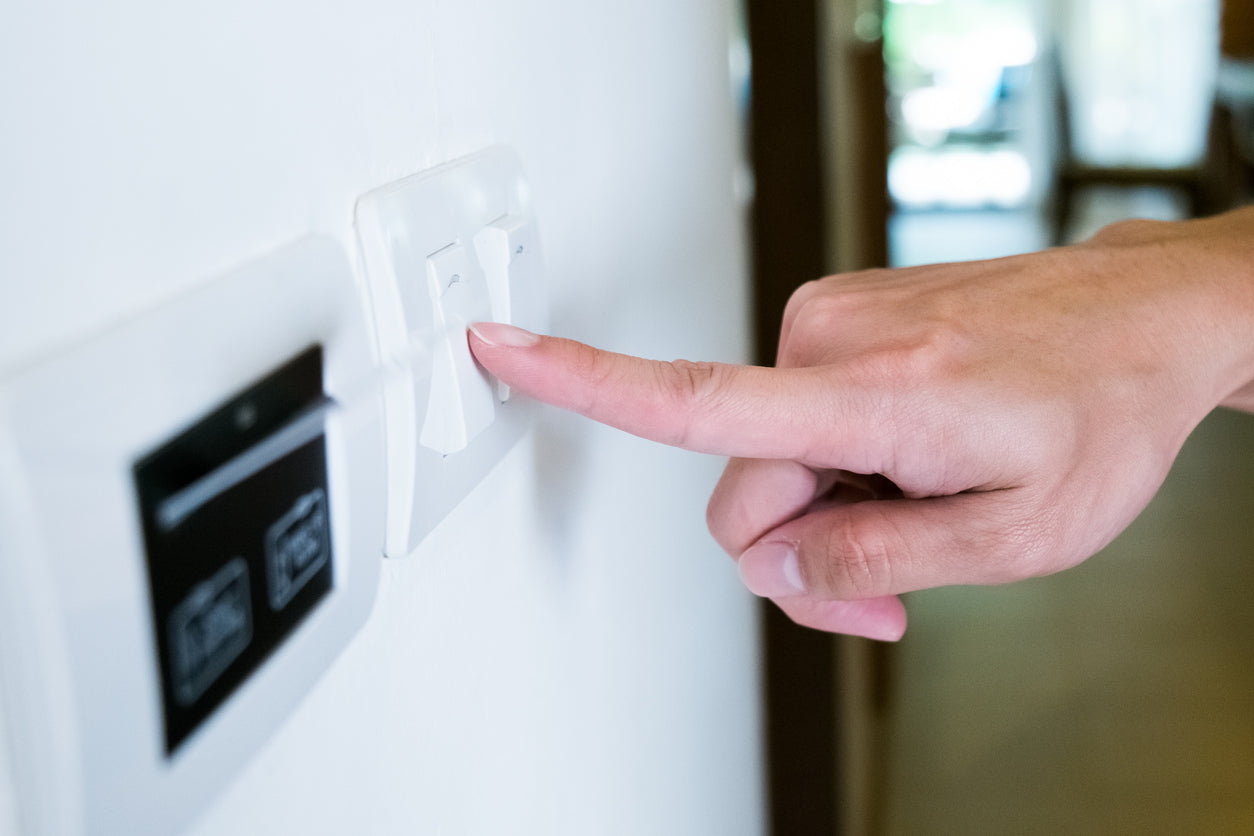
This is a guest post by Chris Burgess, head trainer at the Energy Institute on how to save energy.
It was initially meant as a short contribution to my group interview on the easiest way to save energy but due to its depth I decided to use it as standalone post as well! I added some text formatting, emphasis, subheadings and an image.
Captain Obvious to the rescue
The quickest and simplest way to save energy is to cut out obvious energy wastage. This can be as straightforward as making sure all energy consuming equipment is switched off when it is not needed and it is safe to do so i.e. lights when you leave the room or production machines in a factory.
The next level would be to consider controls – controls should be fitted to
minimise the operating time of all energy
using systems such as
- heating
- air conditioning
- lighting
If controls are already installed, make sure these are adjusted to reduce energy use for example, reduce the heating thermostat setting to the lowest acceptable temperature.
Another example would be to set the heating boiler time control to start the heating as late as possible but still heat the space in time or to switch off the heating as soon as possible at the end of the day – there are automatic controls to do this.
The next step
Once you have completed these activities the next step would be to audit the building’s annual energy consumption (kWh) and energy cost (£) to identify all the energy sources e.g.
- electricity
- natural gas
- or oil
and to establish which energy service e.g.
- heating
- cooling
- lighting
- motors in a factory
uses the most energy, so that you can correctly target future activity in the right direction.
Of course you will have to decide whether your objective is to save money or to save energy consumption to reduce carbon dioxide emissions.
Tools, guides and standards
If you are concerned with non-domestic buildings the Internal Standard ISO50001 provides a set of requirements for establishing an effective energy management system to continually improve energy performance.
The Energy Institute has recently published a guide to energy management (PDF).
It also has an innovative 30-minute online tool focussed on raising energy awareness in the workplace called EnergyAware.
